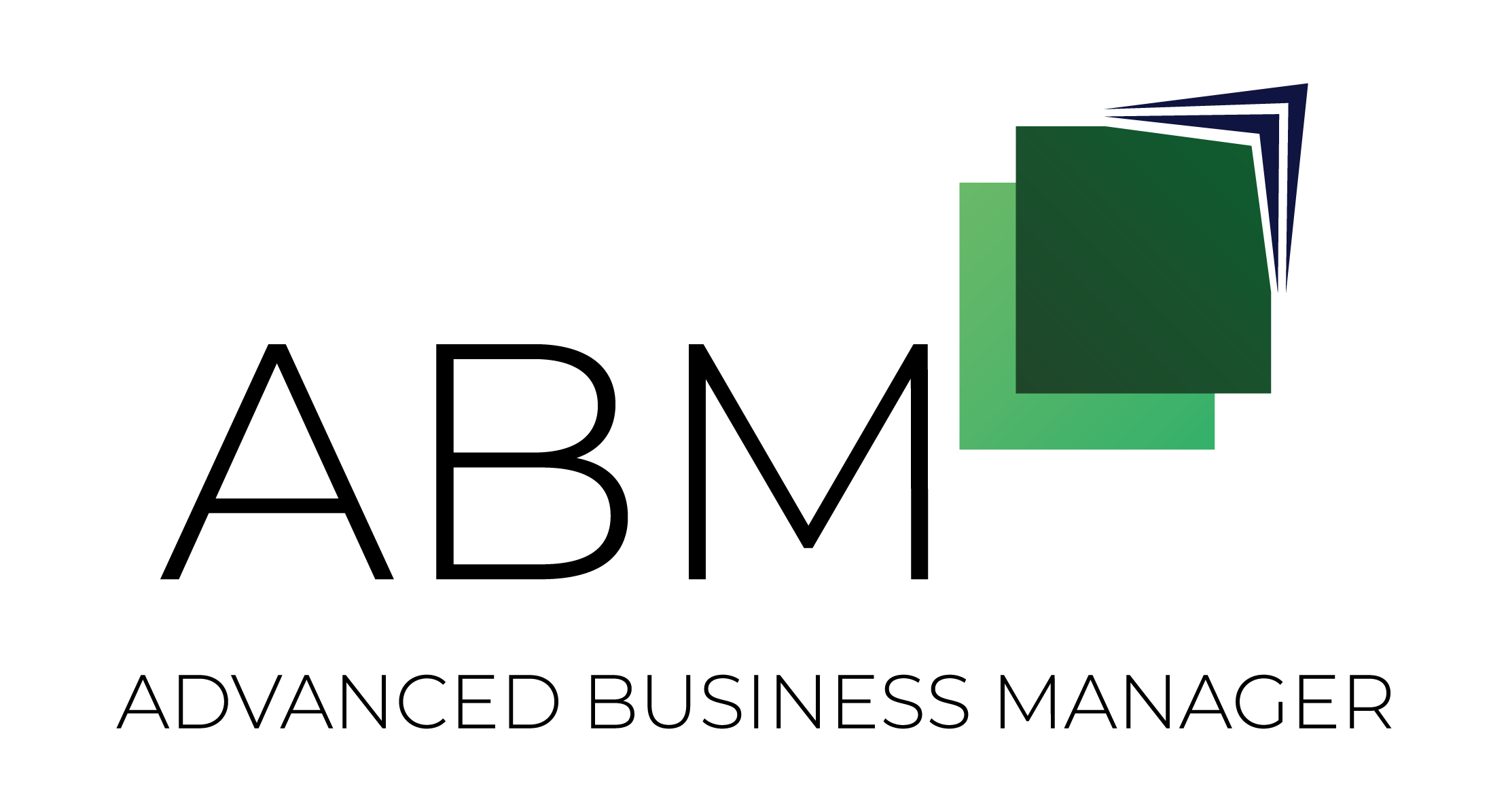It’s 2017, and we’re another year closer to the futuristic society that cinema was dreaming up in the 1980s and ’90s. The past decade has certainly heralded the dawn of smart technology, automation and, with it, a mounting concern over what these will mean for future production processes.
Will 3D printing mean the end of food manufacturing?
3D food printing works by shaping a product physically and chemically from a digital blueprint, called an Additive Manufacturing File.
For those in the food manufacturing and distribution sectors, 3D printing is a contentious development. On the one hand, it has opened the door for manufacturers to drastically reduce their production costs – creating casts or complicated production lines – by removing the laborious steps required in manufacturing.
On the other, the technology has afforded those with even basic computing knowledge to design, create and produce their own 3D-printed masterpieces from their home.
But which has the more viable future in food production? The answer could very well be: Both.
3D food printing works by shaping a product physically and chemically from a digital blueprint, called an Additive Manufacturing File, but the quality is entirely subject to the capabilities of the printer itself. This presents an incredible opportunity for manufacturers, allowing them to create and test prototypes at a fraction of the cost and time. Cheaper machines, however, produce a lower-quality result from the same file, making them unreliable for mass production.

As the global marketplace becomes more consumer-facing and a greater importance is put on the recipient and their experience of the product, crowd-sourced prototype development will not be uncommon.
Think of it like beta-testing a video game, but for physical objects. Your business has a select group of highly devoted customers with 3D-printing capabilities at home, who can then 3D print a prototype and provide feedback in real-time. As the costs for 3D printing are minimal, this furthers both customer relationships and product development.
Imagine if, in the near future, you could sign up to test new ice-cream flavours, trial desserts from around the world and help influence the design and composition of a new kind of ravioli. If the food production industry adopts new technology as it emerges instead of fighting it, advances like 3D printing could benefit both the consumer and manufacturers alike.
The world’s first product scanner can now reveal chemical components, calories and other data in food.
New smartphone technology could boost food development
Are you’ve deterred by others handling fruit at the supermarket, squeezing and prodding produce until it is covered with polka-dot finger marks and unattractive.
A new smartphone unveiled at the 2017 Consumer Electronics Show in Las Vegas this January is the world’s first product scanner that can reveal chemical components, calories and other data for food, pharmaceuticals and even plants. For manufacturers within the food industry, the development will allow for greater monitoring of consistency in products. From a consumer perspective, it both demands and affords transparency towards the food we are putting into our bodies – you’ll never have to buy bruised, ruined fruit again.
Dror Sharon, CEO of Consumer Physics, believes the technology is the next leap in smartphone evolution.
“Just as the smartphone put the power of the internet and a vast knowledge base into our pockets, this innovation will put the capability to learn about the chemical and molecular makeup of materials into the public’s hands,” he said.
“This is the next leap forward not just for mobile phones, but for all sorts of connected devices. The Changhong H2 and smartphones are only the beginning.”
Smart technology for the food industry will require software that is both intelligent and adaptable. At Advanced Business Manager, our core accounting software can be customised with a number of additional modules to tailor a solution to changing industry models.
To learn more about our software, get in touch today for a free demonstration.







